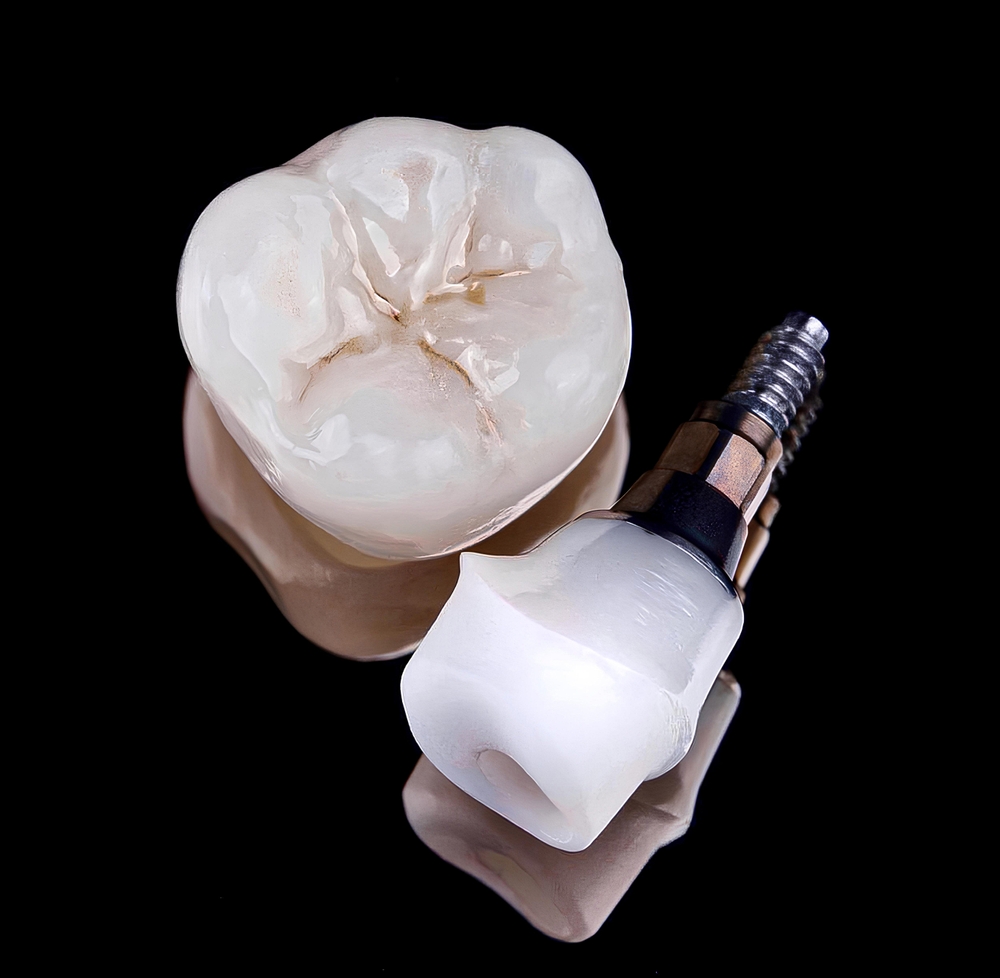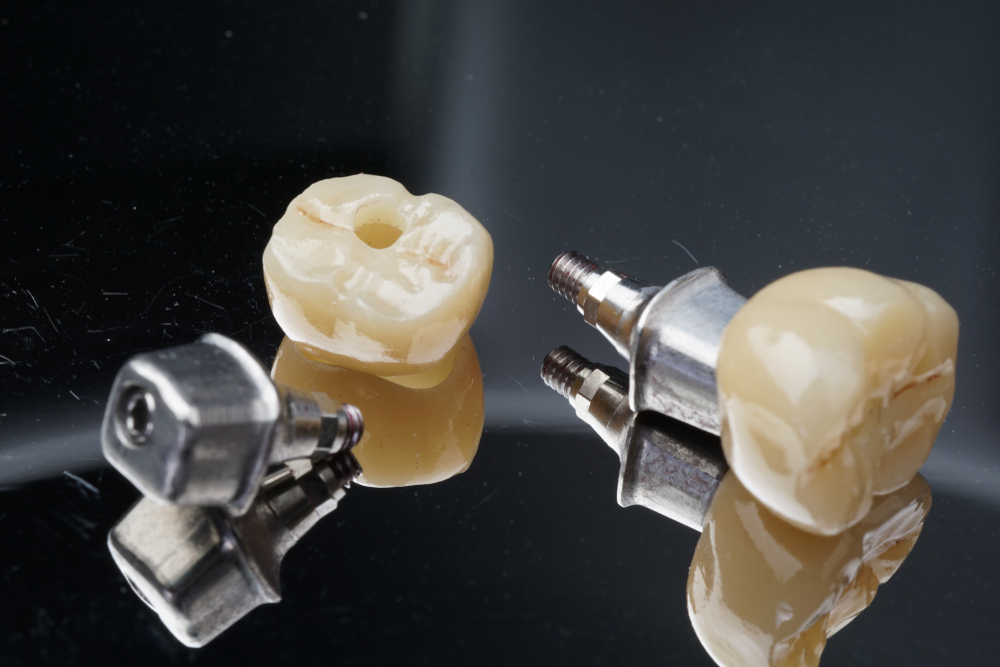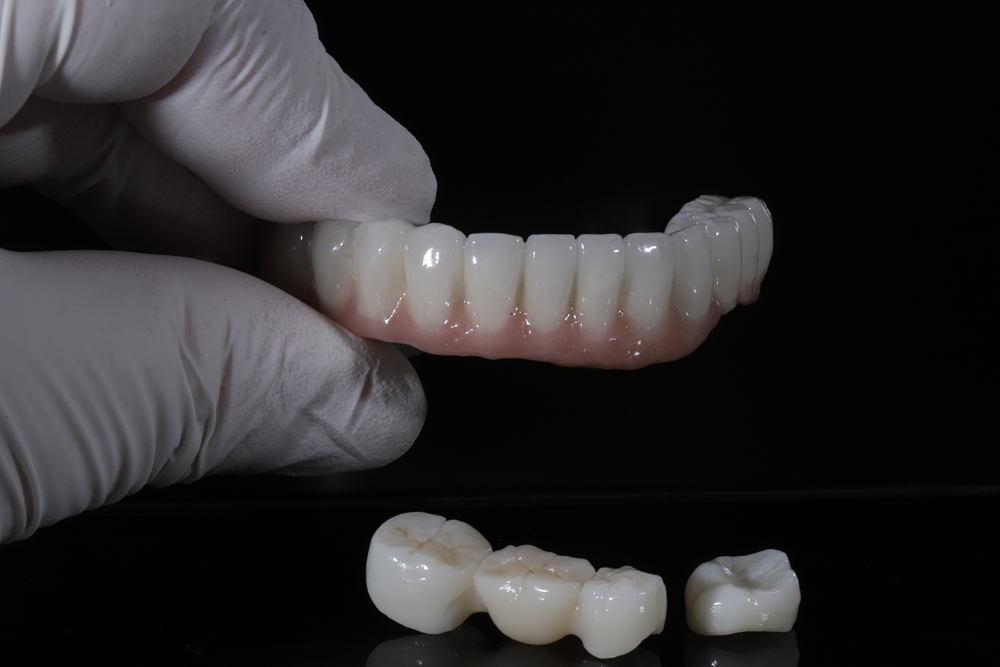In the ever-evolving field of dentistry, technological advancements have made significant contributions to patient care and treatment outcomes. One such innovation that has gained traction in recent years is digital denture design and fabrication. Traditional dentures have been a reliable solution for replacing missing teeth for centuries, but digital dentures are changing the game by offering greater precision, efficiency, and patient satisfaction. In this blog, we will explore the fascinating world of digital denture design and fabrication, shedding light on how this technology is transforming the dental industry.
Understanding Digital Dentures
Digital dentures, also known as CAD/CAM dentures (Computer-Aided Design/Computer-Aided Manufacturing dentures), are a modern approach to creating removable prosthetic devices that replace missing teeth and surrounding tissues. Unlike traditional dentures, which rely on manual impressions and analog processes, digital dentures leverage cutting-edge technology at every step of the design and fabrication process.
The Digital Denture Workflow
Digital Impressions:
The process begins with a digital impression of the patient’s oral cavity. Instead of using traditional alginate or silicone impression materials, dentists use intraoral scanners to capture precise 3D images of the patient’s gums, palate, and any remaining teeth.
Virtual Design:
Once the digital impressions are obtained, the data is transferred to computer software where a dental technician can create a virtual model of the denture. This digital model allows for precise adjustments and customization based on the patient’s unique anatomy and aesthetics.
Computer-Aided Design (CAD):
During this stage, CAD software is used to design the denture’s base and teeth arrangement. Dentists can manipulate the shape, size, and position of the teeth, ensuring an optimal fit and a natural-looking smile. CAD also allows for better control over occlusion and bite alignment.
Computer-Aided Manufacturing (CAM):
After the design is finalized, CAM technology is employed to fabricate the denture. Using CNC milling machines or 3D printers, the denture is produced from high-quality materials, such as acrylic or polymer, with incredible precision.
Benefits of Digital Denture Design and Fabrication
Precision and Accuracy:
Digital dentures are known for their exceptional precision. The use of intraoral scanners eliminates the potential for inaccuracies associated with traditional impression materials, resulting in a better fit and improved comfort for the patient.
Faster Turnaround:

The digital workflow significantly reduces the time required to create dentures. Patients can receive their custom dentures in a matter of days rather than weeks, leading to improved patient satisfaction and reduced chair time.
Customization:
Digital denture design allows for highly personalized solutions. Dentists can easily adjust the denture to meet the patient’s specific preferences regarding tooth shape, size, and color, creating a more natural and aesthetically pleasing appearance.
Improved Communication:
The digital approach fosters better communication between dentists, dental technicians, and patients. Digital models can be shared electronically, allowing all stakeholders to view and discuss the design before fabrication.
Reduced Remakes:
With the accuracy of digital denture design, the need for remakes or adjustments is significantly reduced, saving both time and resources. Additionally, all the fabrication information is stored digitally in case a replacement is needed. This allows for a replacement to be fabricated quickly and easily.
Challenges and Considerations
While digital denture design and fabrication offer numerous advantages, there are some challenges and considerations to keep in mind:
Initial Investment:
Implementing digital technology requires an initial investment in equipment and training. Dentists must adapt to the new workflow. However, dentists can avoid this initial investment by partnering with a dental lab experienced in digital denture fabrication.
Skill and Training:
Proper training is crucial for dental professionals to harness the full potential of digital denture technology. Skilled technicians are essential for creating high-quality digital dentures.
Material Selection:
The choice of materials for digital dentures can impact their longevity and aesthetics. Dentists must select the appropriate materials based on the patient’s needs and preferences.
Dentists can effectively bypass the initial investment in costly equipment, the need for extensive training, and the complexities of material selection by forging strategic partnerships with dental labs experienced in digital denture fabrication. By collaborating with skilled technicians and technologically advanced laboratories, dentists can tap into a wealth of expertise and resources. Dental labs equipped with state-of-the-art CAD/CAM technology can handle the entire digital denture design and fabrication process, from digital impressions to final production. This collaboration not only saves dentists time and resources but also ensures that patients receive high-quality, precisely tailored digital dentures, fostering improved patient satisfaction and trust in the dental practice. Such partnerships enable dentists to focus on their core expertise in patient care while relying on specialized dental labs for cutting-edge prosthetic solutions.
Conclusion
Digital denture design and fabrication represent a significant leap forward in the field of dentistry. This technology not only streamlines the process of creating dentures but also enhances their quality and fit. Patients benefit from faster turnaround times, increased comfort, and personalized aesthetics. As digital denture technology continues to evolve, it promises to revolutionize the way dental professionals approach prosthetic dentistry, ultimately improving the lives and smiles of countless patients worldwide.




